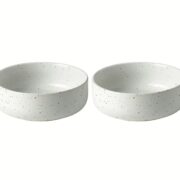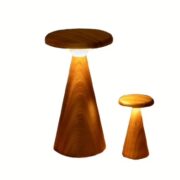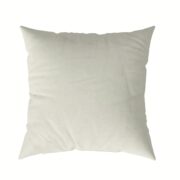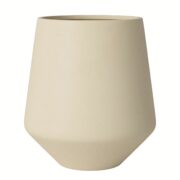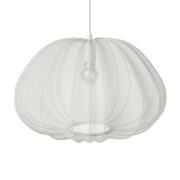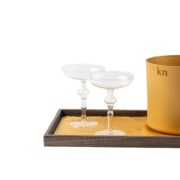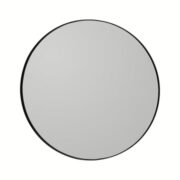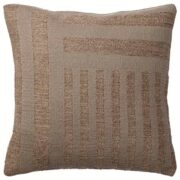“Luxury” isn’t just a high price tag. It’s craftsmanship, materials, design integrity, and service—plus longevity and the ability to be repaired, refinished, and loved for decades. High street can nail the look for less, but usually compromises somewhere: construction, materials, warranty, or lifespan.

What Makes Furniture “High-End” (Beyond the Price Tag)
1) Craftsmanship
High-end pieces are built using time-tested joinery (think dovetail and mortise-and-tenon) and hand finishing. You’ll feel it in the solidity of the frame, the smoothness of drawer action, and the quiet confidence of the piece (no wobble, no squeaks).
2) Materials
Expect first-grade hardwoods (oak, walnut, ash), thick natural veneers, full-grain leathers, natural textiles (linen, wool, cotton), and stone like marble or travertine. These aren’t just pretty—they wear in, not out.
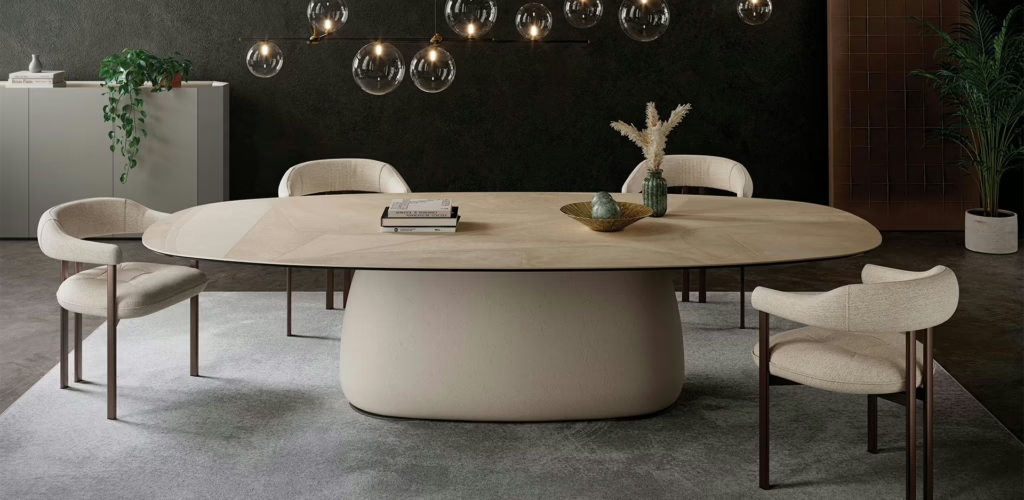
3) Design Integrity
Luxury design pushes ideas forward: proportions, profiles, and touchpoints are refined. Details align; patterns match at seams; curves are intentional; finishes are even. It looks good from every angle.
4) Customisation
From leg shapes to finishes and fabrics, high-end makers often let you spec the piece to your space. The result is singular and more future-proof.
5) Service & Delivery
Expect one-to-one guidance and white-glove delivery—placement, assembly, felt pads, packaging removal—so the experience is as good as the furniture.
High Street Strengths (And Where It Usually Compromises)
Why it wins: Price, speed, availability, and trend access. You’ll find looks inspired by design icons, with decent quality at an approachable cost.
Where corners are cut:
- Joinery: more staples/screws; fewer structural joints.
- Foams & fills: lower-density foam, thinner paddings.
- Veneers/boards: thinner veneers on MDF; limited refinishing potential.
- Hardware: lighter slides/hinges; fewer dust panels/stops.
- Warranty & repairability: shorter cover, harder to refurbish.
Dupe culture is great for testing a look. But think of dupes as short- to medium-term solutions; true high-end is a long-term keeper.
A Quick Side-by-Side: High-End vs High Street
| Aspect | High-End | High-Street |
| Construction | Hand-finished, traditional joinery | Mass-production; screws/staples |
| Materials | First-grade hardwoods, natural textiles, stone | Engineered boards, blends, thinner veneers |
| Comfort (sofas/chairs) | High-density cores, sprung decks, feather/down wraps | Lower-density foam, simpler decking |
| Finish | Even grain matching, seamless patterns | Good from front-on; corners/undersides simpler |
| Customisation | Extensive (size, finish, fabric, details) | Limited options/standard SKUs |
| Warranty/Lifespan | Longer warranties; refinishing possible | Shorter cover; replace rather than repair |
| Price | Higher upfront; lower cost-per-year | Lower upfront; higher replace rate |
How to Spot Quality in Seconds (In-Store Checklist)
- Wood: Push a fingernail lightly—quality hardwood resists dents.
- Joints: Look for dovetails on drawers; feel for corner blocks under chairs/tables.
- Drawers: Should glide smoothly, have stops; no racking.
- Upholstery: Press the arms and back—don’t feel the frame. Cushions should be foam-core wrapped with fibre/feather (not just bare foam).
- Decking: Beneath seat cushions, springs or well-tensioned webbing with even resistance.
- Stability: Lift a table at one corner—no twist, squeak, or leg lift.
- Finish: Pattern/grain alignment across edges and seams; consistent sheen.
Price vs. Value: When to Save, When to Splurge
Splurge here:
- Sofas (primary seating), dining tables, desk chairs, bed frames/mattresses—the high-use, high-touch items. Comfort and lifespan matter most.
Save (or start high street) here:
- Occasional side tables, trend-forward cushions/throws, table lamps, decorative mirrors—low-wear items you might rotate seasonally.
Sustainability angle:
Buying fewer, better pieces—and maintaining them—often beats frequent replacement. Look for repairable designs, replaceable parts, and refinishing options.
Luxury Isn’t a Label. It’s a Standard.
True luxury is the outcome of craft + materials + design + service working together—resulting in furniture that feels better, lasts longer, and can be renewed. High street offers an on-trend shortcut; luxury delivers the decades-long payoff.
Discover Our Best Selling Products
-
Forma Tableware Range
from £11.00 -
AstraGlass Light
from £35.00 -
Sylva Table Lamp
from £29.95 -
Classic Inner Cushion
from £39.00 -
Grove Flowerpot
from £46.00 -
Balloon Pendant
from £465.00 -
Chess Rug
from £595.00 -
Sparky Glass
from £19.00 -
Circum Mirror
from £125.00 -
Contra Cushion
from £59.00
FAQ
No. Price can reflect brand or logistics. Luxury shows up in construction, materials, comfort, and aftercare.
Not necessarily. Thick, high-quality veneers on stable substrates are common in fine furniture. The red flag is ultra-thin veneers that can’t be refinished.
As a guide, ~1.8 lb/ft³ (30+ kg/m³) or higher for seat cores, ideally with a fibre/feather wrap and quality spring or web decking.
With normal use and care, decades. Solid wood can be refinished; quality upholstery can be re-foamed and re-covered.
As you evaluate materials, design integrity and longevity, consider our Bolia Scandinavian furniture offering—you’ll find a thoughtful balance of premium finish and enduring style. If you prioritise longevity and customisable comfort, our luxury modular sofas offer premium construction with the flexibility to build a layout that evolves with your home.

